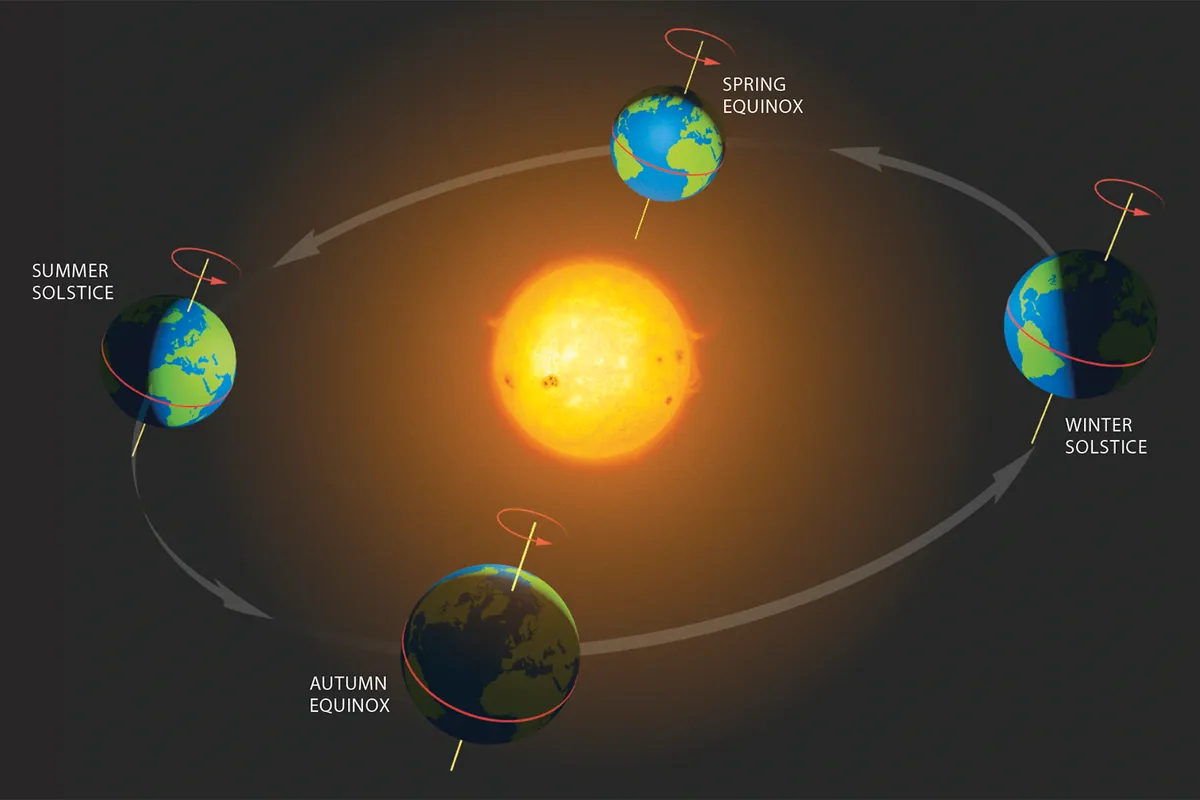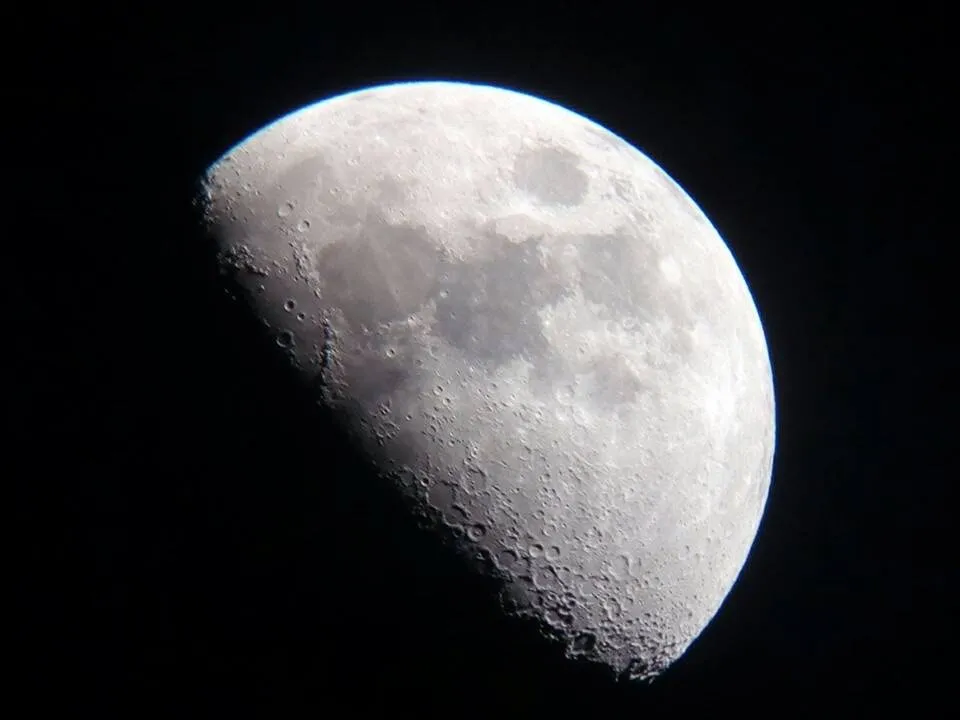Tonight, stargazers will be treated to a rare spectacle, as a bright Super Blue Moon will be visible in the night sky.
19 August 2024 marks the appearance of a relatively rare seasonal blue Moon, which will also be a so-called 'supermoon'.
But what do these terms mean, and will the Moon really look any different than usual?
Read our guide on how to observe the Moon and get lunar dates, times and phases delivered directly to your email inbox every week by signing up to the BBC Sky at Night Magazine newsletter.

Tonight's Super Blue Moon quick facts
From the UK, tonight's full Moon will appear over the eastern horizon at 20:46 BST (19:46 UT).
This moon is technically a 'perigee syzygy Moon': 'perigee' meaning the Moon will be at the closest point to Earth in its orbit, 'syzygy' meaning a straight-line alignment of three celestial bodies (in this case the Sun, Earth and Moon).
'Supermoon' is the informal name for a perigee syzygy Moon, and has its roots in astrology.
A true blue Moon, keeping with the correct astronomical definition, is the third full Moon in an astronomical season of four.
The 19 August 2024 full Moon will be both a supermoon and a true blue Moon, which is what makes this a 'true blue supermoon', and something of a rarity.
This full Moon is the first of four consecutive supermoons, the next appearing on 18 September, 17 October and 15 November.

Why blue Moons happen
We normally see 12 full Moons a year, with each calendar month having one full Moon.
But our monthly calendar, based on Earth's orbit around the Sun, doesn't neatly match with the lunar cycle, and so some years we have 13 full Moons.
This means that sometimes we get two full Moons in a calendar month, and this is the informal definition of a blue Moon.
The older, more traditional meaning of a blue Moon is related to the astronomical season.

An astronomical season is the period of time between a solstice and an equinox.
In the northern hemisphere, summer solstice (around 20–22 June) marks the start of astronomical summer.
Three months later, autumn equinox (around 21–23 September) marks the start of astronomical autumn.
Within that time, usually we would see three full Moons.
The Maine Farmers’ Almanac definition of a blue Moon is that it's the third full Moon in a quarterly season of four full Moons.
This is a seasonal blue Moon, and is the definition preferred by many astronomers.

Seeing tonight's Super Blue Moon
The first thing to point out about tonight's Super Blue Moon is that it won't appear blue!
And even though you're observing a 'supermoon', when the Moon is closer to Earth than it normally appears, in truth you won't notice much difference.
Anyone expecting to see an enormous, bright blue Moon will be very disappointed!
However, a full Moon is always big and bright and spectacular, making it certainly worth stepping out to observe.
And the popularity of supermoons and blue Moons means lots of people will be observing that same Moon, making it something of a communal experience.

In truth, the best time to observe the Moon with a telescope or binoculars is when it's not full.
During its crescent and gibbous phases, the Moon is much less bright, which makes it easier to see interesting features like craters and lunar seas.
And during those phases, the line dividing the lit and unlit portions of the Moon – known as the 'terminator' – throws shadows on craters, mountains and valleys on the Moon, highlighting the lunar topography.
However, there's still plenty you can observe during a full Moon, and the naked-eye spectacle of a bright supermoon is something in itself.
For more advice read our guide on how to make the most of a full Moon or supermoon.
And if you want to capture the event, read our guides on how to photograph the Moon and how to photograph the Moon with a smartphone.
Share your experiences and images with us by emailing contactus@skyatnightmagazine.com.

